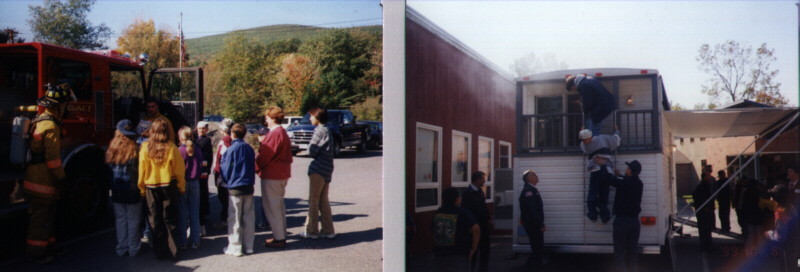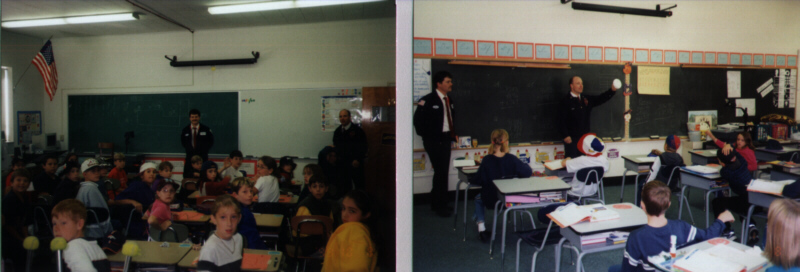

WHO IS AT RISK Children in homes without smoke alarms are at greater risk of fires and fire-related death and injury. Children ages 5 and under, representing nine percent of the population, yet nearly 22 percent of all fire-related deaths in the home, are more than twice as likely to die in a fire than the rest of the population. Male children have a higher risk of fire-related death and injury than female children. Children from low-income families are at greater risk for fire-related death and injury, due to factors such as a lack of working smoke alarms, substandard housing, use of alternative heating sources, and economic constraints on providing adequate adult supervision. Children living in rural areas have a dramatically higher risk of dying in a residential fire. Death rates in rural areas are two and a half times higher than rates in large cities and more than three times higher than rates in large towns and small cities. Black children are more than three times as likely and Native American children are more than two times as likely as white children to die in a fire. Nearly 40 percent of residential fire-related deaths among children ages 9 and under occur when the child is attempting to escape, is unable to act or is acting irrationally. Although an escape plan may help to reduce these deaths, only 16 percent of households have developed and practiced a plan.

Return back to Fire Prevention Page:  Return to the Main Page :
Return to the Main Page : |